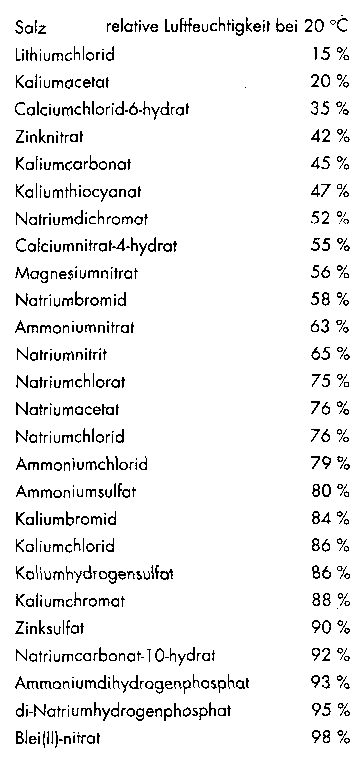Fact. Wood and other materials expand and contract as relative humidity (RH) levels increase and decrease
Fact: Changes and extreme can cause rupturing the adhesive and / or wood joints in the instruments and the dissolution of wood fibers, the cracks in the finish, loose braces, string buzz, and more, it can affect the synthetic materials too [. [/ P>
Fact: I too much and too little stress can be an instrument of Croatia. Also, sudden and significant changes in relative humidity can be more threat than the RH at the same level.
Every year, the band and orchestra parents parents invest hundreds of dollars in fine violins, guitars, Cellos, pianos, drums and other instruments made from wood. If you have purchased from a dealer who cares enough to send them home with some semblance instructions for use, they are more likely to care properly for investment and ensure its optimum performance for your child. If you bought it through an advertisement - either in a local newspaper or online through eBay.com or similar auction sites -. They May be headed for some problems
storage, RH control and common practice in the protection of stringed instruments and other instruments of wood damage is not rocket science, but because they are instruments in the hands of small children or young people, everyday stress and poor management could easily happen.
Fortunately, some basic guidelines will take care of this issue and ensure a long life instrument.Korist added that children can take a greater interest in their instruments, if properly scientific tools to help them do it and demanding that the guidelines should be follow to protect their "costs ."
the best RH for most musical instruments is between 35% and 55%, depending on the instrument and temperaturu.Dobra thing to remember is that the strings and other musical instruments are the happiest in temperature and humidity you feel good with people.
When it is too dry, the wood will begin to contract. Some areas usually experience RH levels of 60% or more in the warm months, and this will cause the wood proširiti.Nagli shift in RH can occur when the instrument is taken in the heat or cold, and then brought home, where the temperature is a sudden shift takes place. What can be done to compensate for or avoid these extremes and shifts?
If low humidity levels, you can buy and use humidifiers designed for musical instruments like guitars and violins. You can add moisture to them, according to the instructions and keep them in the instrument case. Some are designed to last longer, while others are made especially for smaller instruments. For piano, humidity can be controlled humidity system is connected to the heating system in the home or building with air conditioning in hot, humid conditions. There are humidity control devices designed specifically for use with pianos, too.
If humidity levels are high, you can use silica gel packs. They are desiccants (they absorb or adsorb moisture), some of which are really sensitive to the RH level, so that they begin to release moisture when the humidity drops below a certain level, can be placed inside the piano cabinetry and cases to house stringed instruments.
It is advised that you purchase and regularly use a hygrometer, which measures the relative vlažnosti.Glazbena industry is right in step with consumer needs and provides many opportunities to work well. Some attach to the inside of the instrument case. You can use a hygrometer to keep tabs on the RH in your home too. These are available through HVAC technicians and supply businesses. Hygrometers are available in digital or analog styles.
in terms of setting humidity control within the instrument case: It is best to attach the hygrometer (one intended for use in case) on the outside of your case is in addition to the compartment on the body side of the case. If you use a humidifier too, put it in the equipment room. Set these items, thereby inhibiting the hygrometer measurements, moisture from the air.
If necessary, have a space in which musical instruments are kept and used and the maintenance of optimum moisture content in this space more manageable.
You can also follow several other guidelines to keep your instrument in good shape:
- Hold the violins, guitars, Cellos, etc.in their cases when not in use. It is much easier to control temperature and humidity in this smaller area than it is to control the conditions in the room or house.
- Keep the instrument away from extreme temperatures, such as direct sunlight, heaters, fireplaces, which are often used, and the windows and doors.
- Never leave your instrument in the vehicle. Take it in with you. If there is a significant difference between the internal and external temperature, leave the instrument in the case up to an hour to allow to acclimate.
- Never leave your instrument in the attic or basement, even if in this case. These areas experience wide changes in relative humidity and temperature.
Caring for the instrument, and no more than protect its integrity and life. In this way also gives young people the opportunity to take responsibility in small ways, a good exercise that will prove useful in later life.




Tidak ada komentar:
Posting Komentar